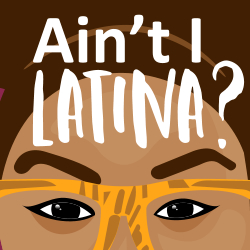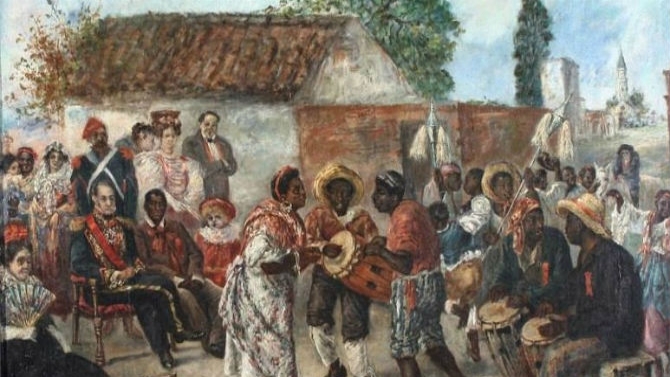The following article was featured on The Root.com and written by Henry Louis Gates, Jr., editor-in-chief of The Root.
In watching this year’s World Cup, did anyone find it peculiar that there were no black players on theArgentinian national team, when their archrivals, the Brazilians, have more than half a dozen (not to mention the greatest soccer player of all time among their alums, Pelé)? After all, both countries are in South America, one on top of the other, and both were colonized by European powers that relied heavily on African slaves to turn a profit: Portugal, in the case of Brazil, and Spain, in the case of Argentina. Yet walk down the streets of Buenos Aires and Rio de Janeiro today, and you’ll see a racial gap even more pronounced than on the soccer field. Is it just coincidence, an accident of history perhaps, or is history itself at play?
Heeding the words of one iconic Argentinian-born broadcaster, let the truth be our “G-O-A-L!”
Argentina’s Slave-Trading Past
According to Erika Edwards, author of the “Slavery in Argentina” entry in Oxford Bibliographies:
In 1587 the first slaves arrived in Buenos Aires from Brazil. From 1580 to 1640, the main commercial activity for Buenos Aires was the slave trade. More than 70 percent of the value of all imports arriving in Buenos were enslaved Africans. Slaves came primarily from Brazil via the Portuguese slave trade from Angola and other Western states in Africa. Once arriving in Buenos Aires, they could be sent as far as Lima, Peru; slaves were provided to Mendoza, Tucuman, Salta Jujuy, Chile, Paraguay, and what is today Bolivia and southern Peru. Córdoba functioned primarily as a redistribution center for this slave transfer until 1610.
It’s difficult to pin down the exact number of African slaves who passed through Argentina, since so much of the trade involved illegal smuggling (due to shifting laws against the importation of slaves and traders’ desire to avoid paying taxes).





